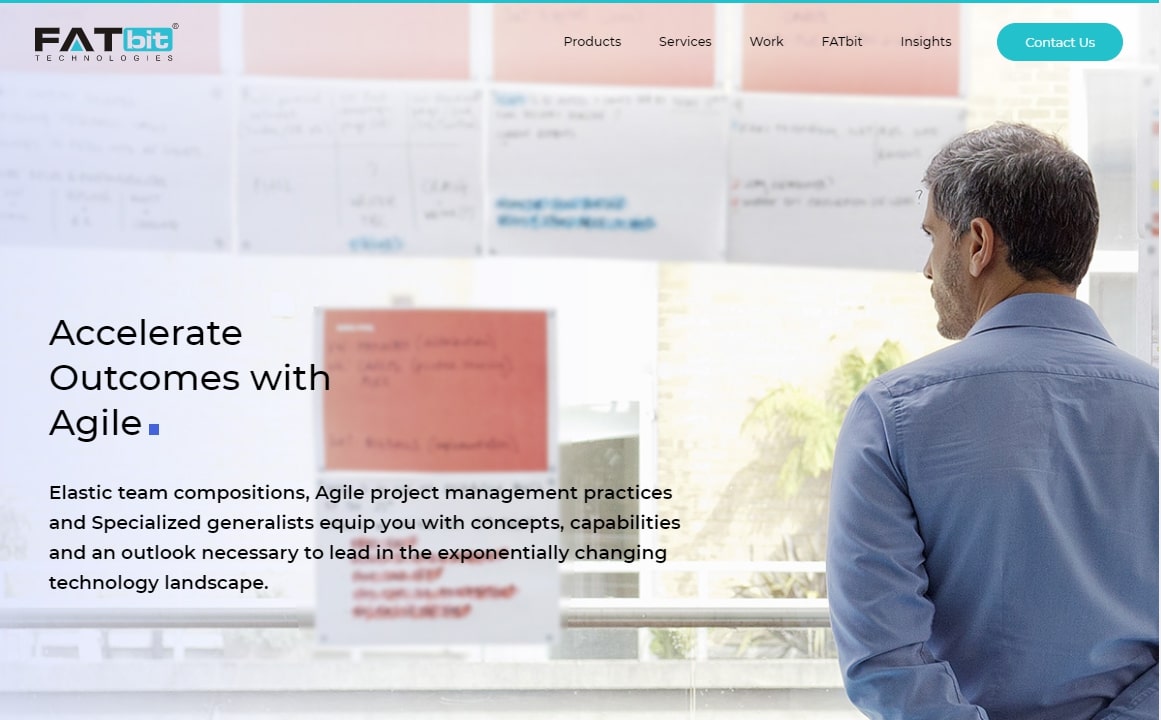Agile Product Development Methodology - Types, Pros, and Common Misconceptions


Agile software development methodology was inadvertently introduced in the year 1957. Its roots originated when computer scientists Gerald Weinberg and John Von Neumann used an incremental development approach for developing IBM and Motorola software. Decades later, agile methodology gained popularity and became a widely accepted standard for software development.
Unlike the regular Waterfall development approach that involves requirement gathering and documentation before the start of the project, Agile approach is all about iteration cycles and incremental progress. In Agile methodology, the development team can start developing the project with minimum requirements and add more features at the later stages of development.
Need and Use for Agile Product Development Methodology
The actual need for agile software development methodology derives from the increasing competition amongst businesses. Due to ever-changing consumer behavior and trends, businesses themselves need to be agile, i.e., to be able to react to changing consumer trends in a short time.

Agile methodology provides this agility via iterative development. For a better understanding, let’s take the example of two rival businesses Brand X and Brand Y. Brand X already has a highly functioning mobile app to deliver its services. Brand Y wants a similar app and opts for waterfall development.
Types of Agile Development Methodologies
They are five agile Software development methodologies that are widely in use across the globe. They all include incremental progress and allow you to return to the requirement gathering stage.
- Kanban.
- Scrum.
- Extreme Programming (XP)
- Crystal.
- Dynamic Systems Development Method (DSDM)
Also read more - https://www.saasgenius.com/blog/agile-software-development-principles-team-structure-and-frameworks
Difference between Scrum and Kanban Development

Pros of Agile Product Development Methodology
- Market-Fit End-Product: Agile methodology ensures that the end-product is up-to-date with the latest trends.
- Continuous Improvement: Both Scrum and Kanban development approaches are all about incremental improvement. After each iteration, the end-product becomes a better version of itself.
- Highly-Flexible: Agile development approaches are highly flexible. They leave scope for the client to add or remove any features or ask for design changes after the pre-development information gathering
- Efficient Management: Managing changes in the Waterfall model isn’t possible as any change would require the development team to begin the development from scratch
- A Transparent Approach: Agile development involves a complete contract life-cycle. The development company updates the contract from time to time and the client can negotiate the updated terms.

Common Misconceptions about Agile
- There is No End to Agile Development
- There is No Fixed Budget in Agile
- Agile Development is Poorly Planned
There are various reasons to opt for agile, such as if you want higher transparency or are unsure about the complete requirements of your project.
However, to be more precise, we can conclude that the following businesses can benefit the most with agile methodology:
- Businesses requiring to be an active part of the development process
- Businesses requiring a state-of-the-art product in the long run
- Businesses emphasizing research-based development of their software and a market-fit end-product
- Businesses planning to deliver SaaS or long-term services through the software, such as food delivery and cab booking services
- Businesses with frequently changing market trends
Further more information checkout this website


You have reached the maximum per-minute rate limit.
Try again in one minute.
